Did Satoshi choose 21M as a nod to the inflation of ‘truth’ itself?
Most people explain Bitcoin's 21 million supply limit by referencing mining rewards and halvings (50 → 25 → 12.5 → etc.). But if you think critically, you'll notice: Satoshi could have set block halvings after 200,000 or 250,000 blocks instead of 210,000. He could have chosen a starting reward of 40, 60, or any other value. The total supply could have been any number — 20 million, 25 million, 50 million — depending on simple design choices. Now, recently I watched a 2007 lecture by Kent Hovind called "Dinosaurs and the Bible". Originally, I was simply curious about the topic of dinosaurs in the Bible (not Bitcoin, not earth age theories). But then something jumped out at me: Starting around minute 45:00 Kent Hovind explains how, throughout modern history, scientists have kept increasing the estimated age of the Earth: In 1770, the Earth was said to be 70,000 years old. In 1905, it became 2 billion years old. In 1969, it was raised to 3.5 billion years old. Today, it's 4.6 billion years old. He jokingly calculates that, based on the historical record, the Earth's age "inflates" by about 21 million years per year. Now — Bitcoin’s whitepaper was published in 2008, just after this lecture was circulating online. Here’s the theory: Satoshi might have seen the irony that not just currencies inflate — but even supposed scientific "truth" about fundamental things like the age of the Earth inflates over time. Choosing 21 million bitcoins could be a subtle philosophical jab: A fixed, hard limit against monetary inflation, And perhaps symbolically, a fixed limit against the inflation of truth itself. In a world where everything — money, facts, narratives — keeps inflating and losing meaning, Bitcoin stands as a rare creation with hard, unchangeable scarcity. Important note: I realize there’s no direct proof. But when you look at Satoshi’s style (hidden references, anti-inflation ethos, philosophical undertones) — and the timing (2007 lecture, 2008 whitepaper) — it makes this theory very logically possible. Maybe Bitcoin’s 21 million supply cap isn’t just about economics... Maybe it's also a message about truth, scarcity, and resistance to human tendency to endlessly inflate everything. Would love to hear what you all think. Has anyone else ever made this connection before? submitted by /u/GlamourVegas [link] [comments]
Most people explain Bitcoin's 21 million supply limit by referencing mining rewards and halvings (50 → 25 → 12.5 → etc.). But if you think critically, you'll notice:
Satoshi could have set block halvings after 200,000 or 250,000 blocks instead of 210,000.
He could have chosen a starting reward of 40, 60, or any other value.
The total supply could have been any number — 20 million, 25 million, 50 million — depending on simple design choices.
Now, recently I watched a 2007 lecture by Kent Hovind called "Dinosaurs and the Bible".
Originally, I was simply curious about the topic of dinosaurs in the Bible (not Bitcoin, not earth age theories). But then something jumped out at me:
Starting around minute 45:00 Kent Hovind explains how, throughout modern history, scientists have kept increasing the estimated age of the Earth:
In 1770, the Earth was said to be 70,000 years old.
In 1905, it became 2 billion years old.
In 1969, it was raised to 3.5 billion years old.
Today, it's 4.6 billion years old.
He jokingly calculates that, based on the historical record, the Earth's age "inflates" by about 21 million years per year.
Now — Bitcoin’s whitepaper was published in 2008, just after this lecture was circulating online.
Here’s the theory:
Satoshi might have seen the irony that not just currencies inflate — but even supposed scientific "truth" about fundamental things like the age of the Earth inflates over time. Choosing 21 million bitcoins could be a subtle philosophical jab:
A fixed, hard limit against monetary inflation,
And perhaps symbolically, a fixed limit against the inflation of truth itself.
In a world where everything — money, facts, narratives — keeps inflating and losing meaning, Bitcoin stands as a rare creation with hard, unchangeable scarcity.
Important note:
I realize there’s no direct proof.
But when you look at Satoshi’s style (hidden references, anti-inflation ethos, philosophical undertones) — and the timing (2007 lecture, 2008 whitepaper) — it makes this theory very logically possible.
Maybe Bitcoin’s 21 million supply cap isn’t just about economics... Maybe it's also a message about truth, scarcity, and resistance to human tendency to endlessly inflate everything.
Would love to hear what you all think. Has anyone else ever made this connection before?
[link] [comments]




![How AI Use Is Evolving Over Time [Infographic]](https://imgproxy.divecdn.com/YImJiiJ6E8mfDrbZ78ZFcZc03278v7-glxmQt_hx4hI/g:ce/rs:fit:770:435/Z3M6Ly9kaXZlc2l0ZS1zdG9yYWdlL2RpdmVpbWFnZS9ob3dfcGVvcGxlX3VzZV9BSV8xLnBuZw==.webp)


























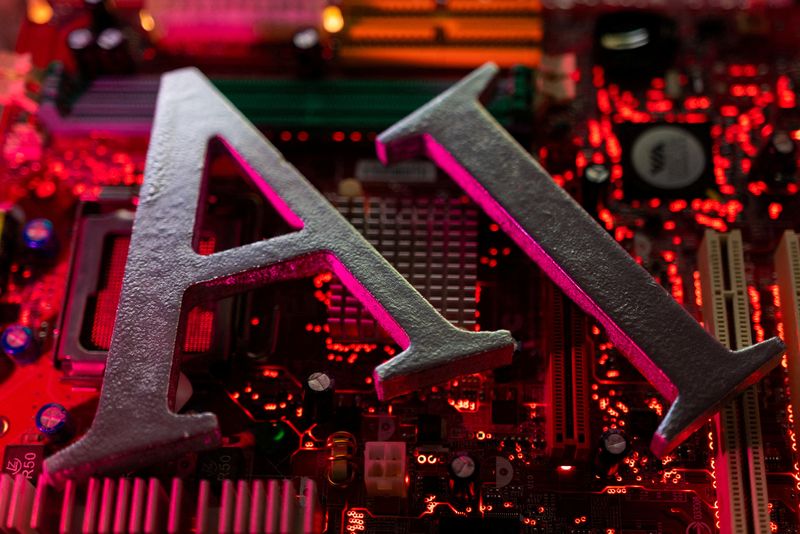
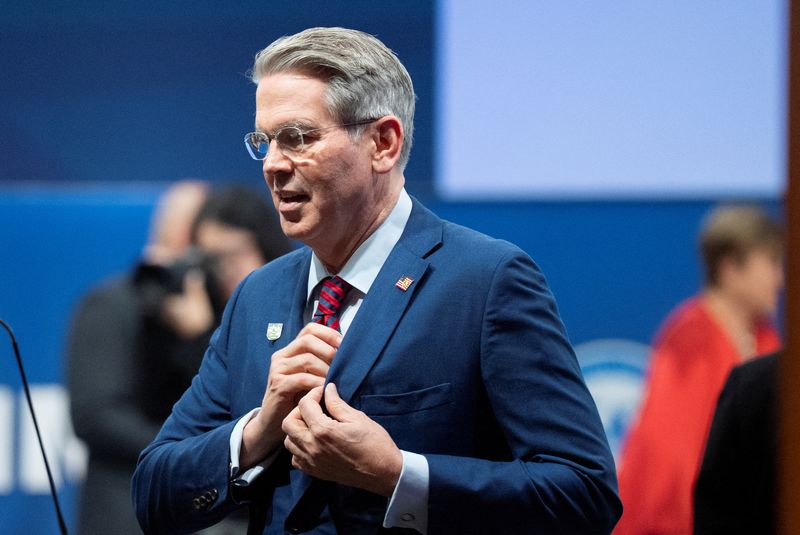






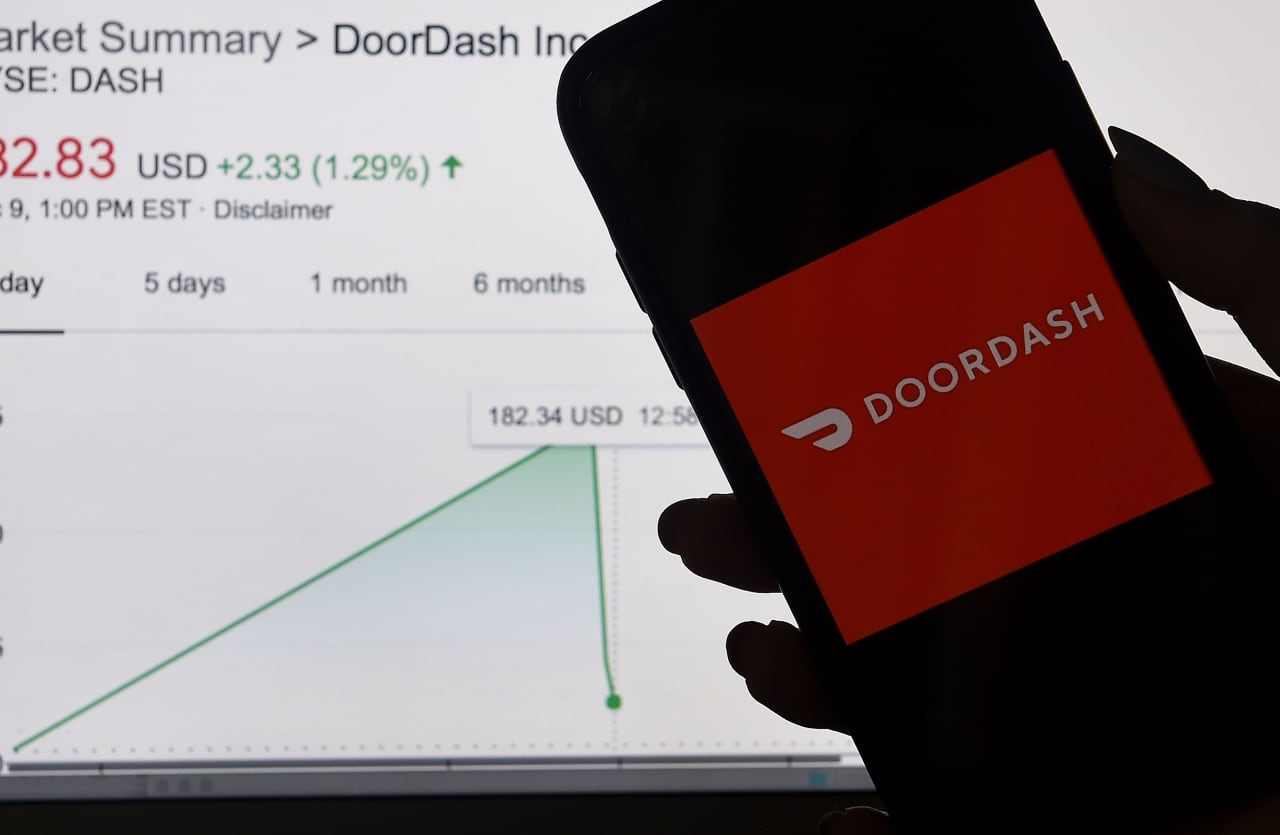


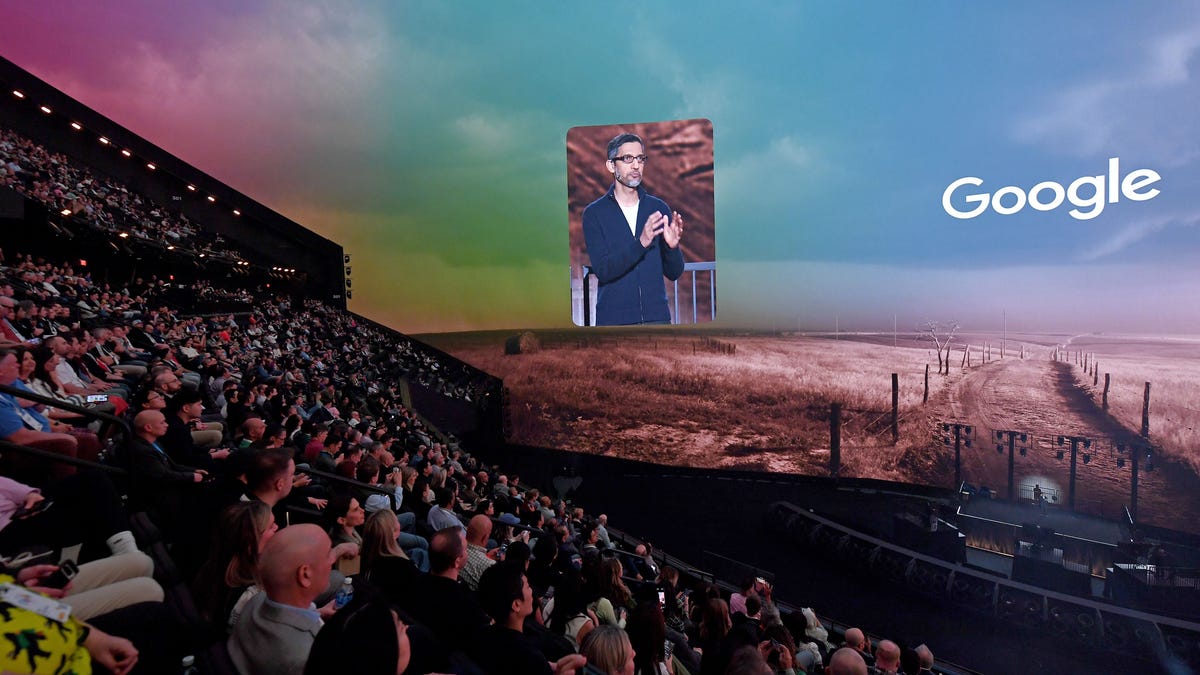












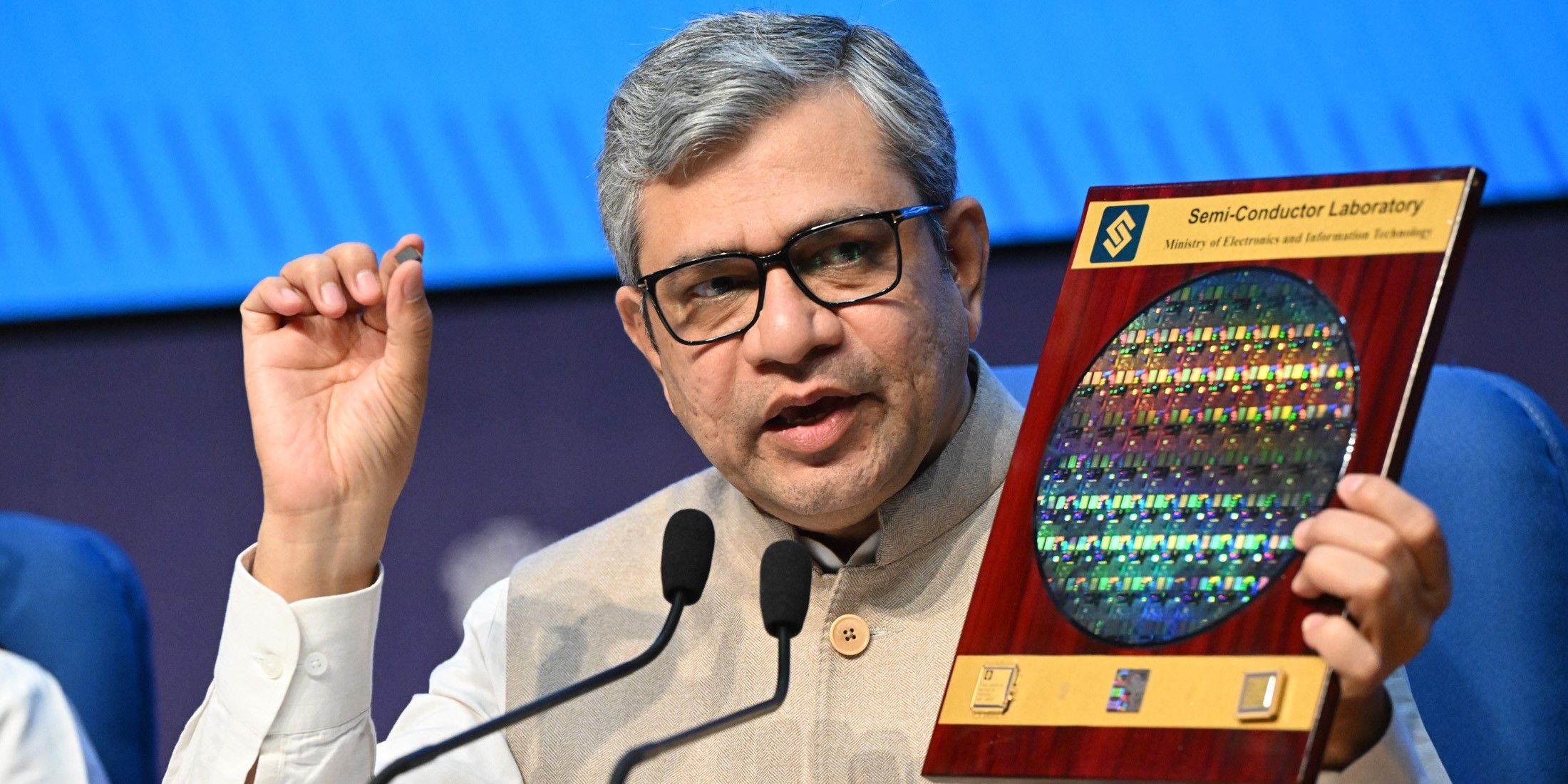































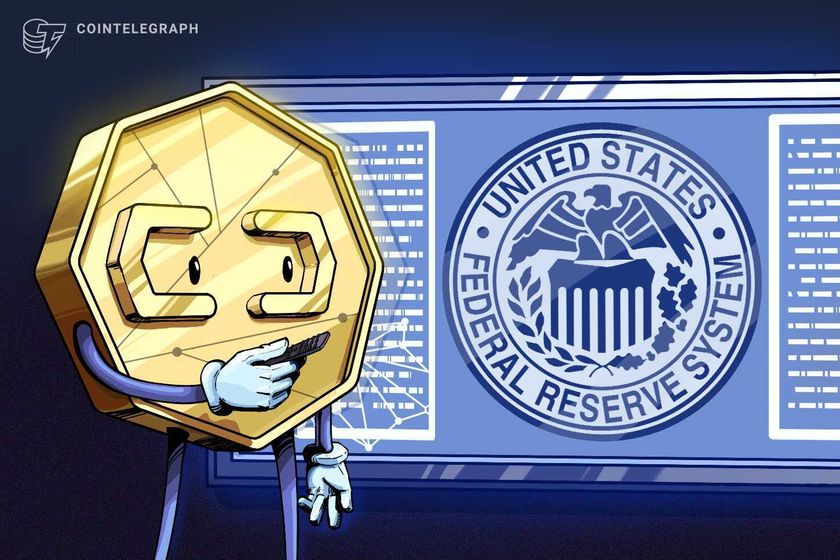



















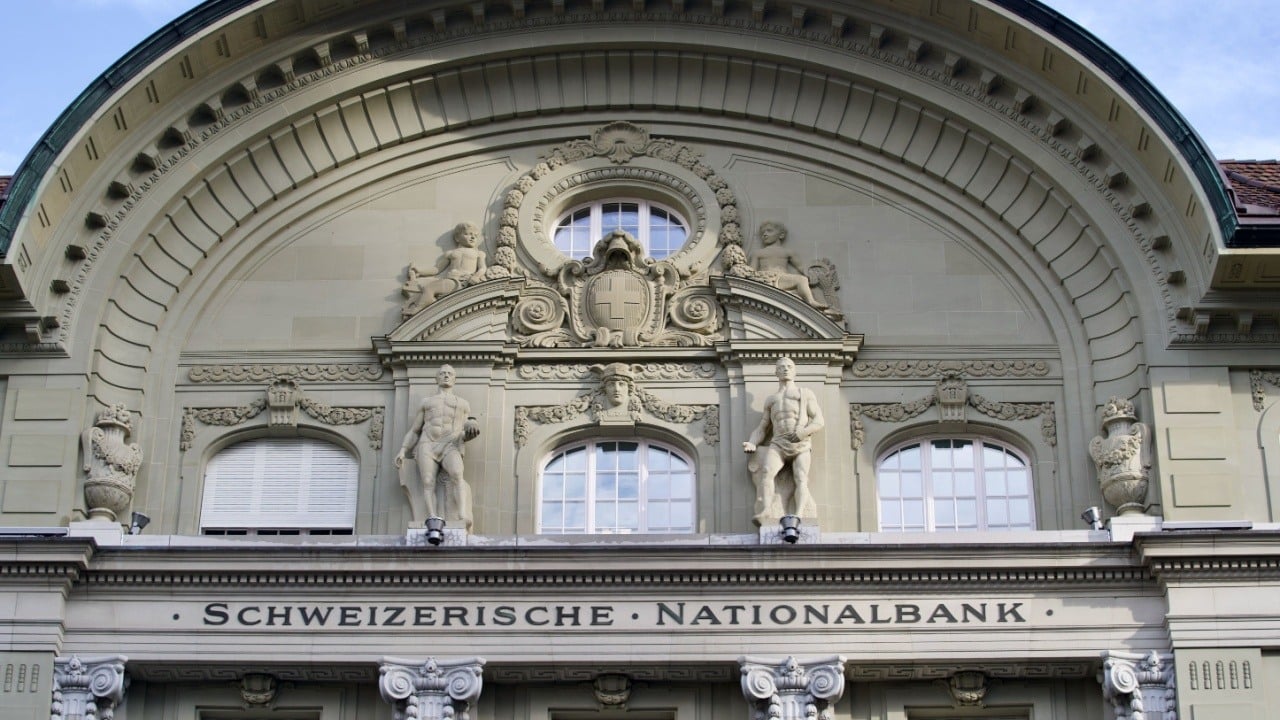
















































































![How to Find Low-Competition Keywords with Semrush [Super Easy]](https://static.semrush.com/blog/uploads/media/73/62/7362f16fb9e460b6d58ccc09b4a048b6/how-to-find-low-competition-keywords-sm.png)
